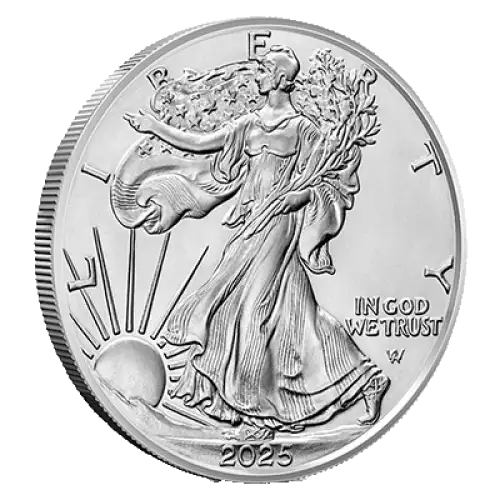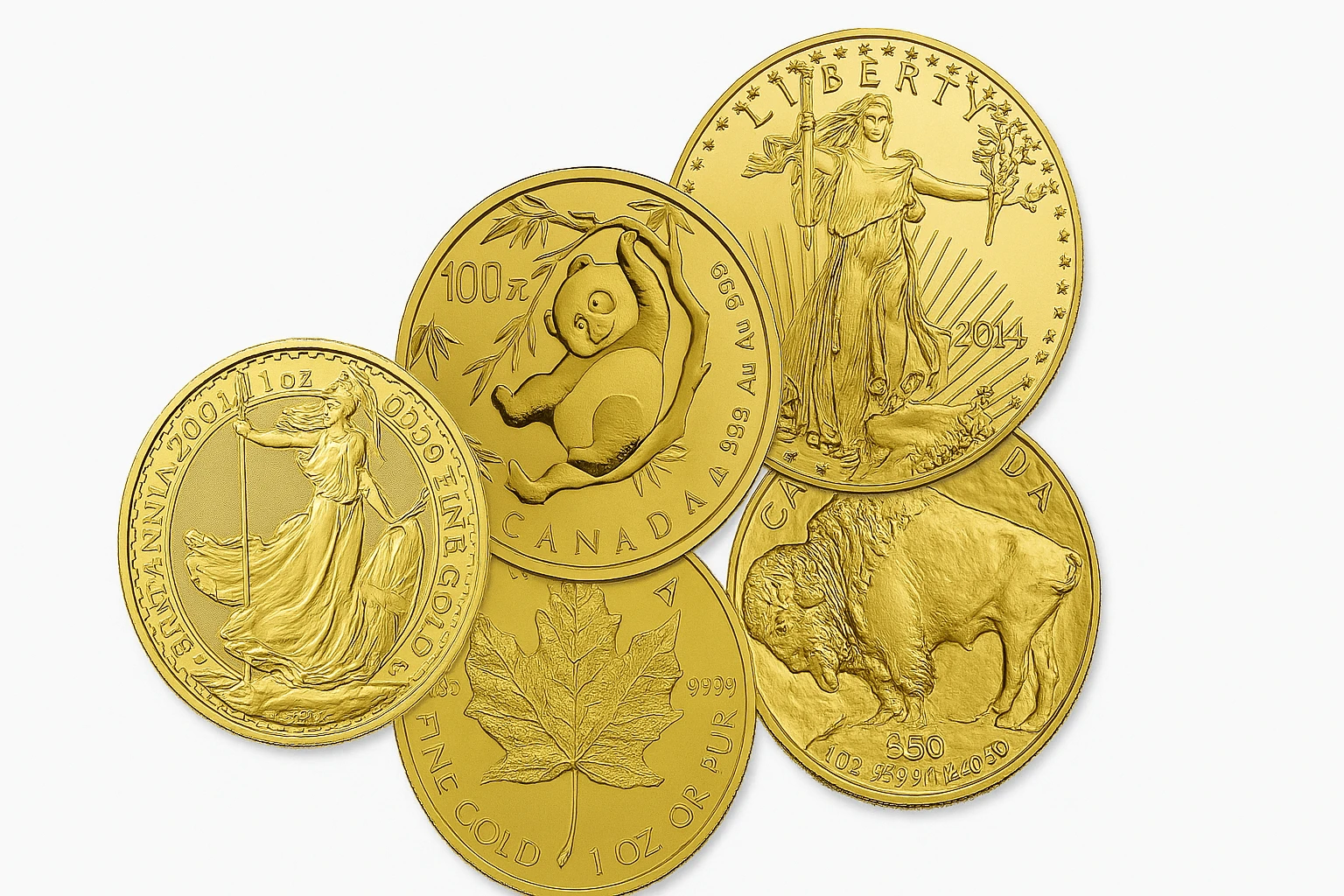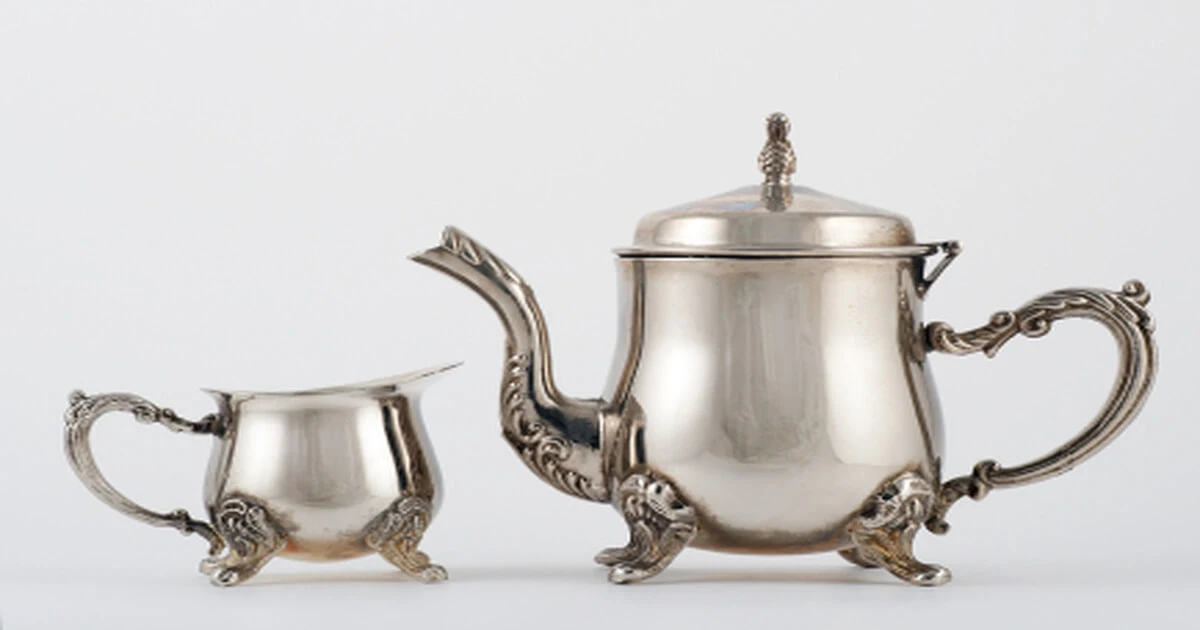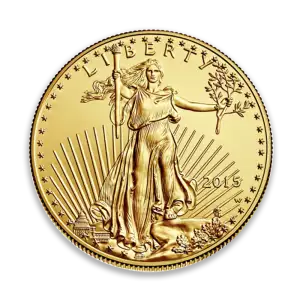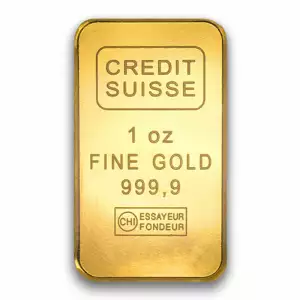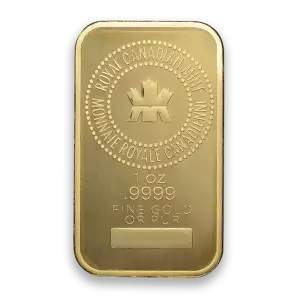
Let’s talk about the two most powerful metals that have been the ultimate duo in the investment world: silver and gold. Gold and silver don’t always play by the same rules. Their prices change and vary at different rates, depending on anything from inflation to panic selling on the part of investors to changes in the world economy. But how do you know which metal is the best bargain at any particular time?
That's where the gold-to-silver ratio comes to the rescue. Use it as a cheat code to discover where opportunities lie in the precious metals world. The ratio informs you of how many ounces of silver are required to purchase one ounce of gold, which gives investors an easy way to understand which metal is relatively undervalued.
Here in this guide, we're learning about the gold-to-silver ratio, why you'll need it, and how you can utilize it to your benefit. If you're storing silver, maintaining gold reserves, or seeking the perfect balance, having the ability to crack this ratio can assist you in making wiser, more intelligent decisions. So, let's begin!
What is the Gold-to-Silver Ratio?
Ever considered whether silver or gold is the smartest purchase to make? The gold-to-silver ratio is your benchmark metric. It's easy but potent, assisting investors in determining which metal is comparatively undervalued at a given moment.
Definition and Calculation
Essentially, the gold-to-silver ratio is a measurement of how much silver it costs to purchase one ounce of gold. The calculation is straightforward:
- Ratio of Gold-to-Silver = Price of Gold per Ounce / Price of Silver per Ounce
For instance, if the worth of gold is about $2,000 an ounce and silver for $25 an ounce. The ratio would be: 2,000 / 25 = 80
Eighty ounces of silver now have to be used to buy an ounce of gold.
Historical Trends of the Ratio
The ratio of gold to silver has been omnipresent throughout history. In the days of the Roman Empire, it was in the 12:1 neighborhood (that is, silver was much more valuable than what it is currently). In the twentieth century, the ratio has hovered around 40:1 to 80:1, but has gone to record heights—over 120:1 in 2020!
These are influenced by economic stability, inflation, supply of mining, and investor demand. During uncertain times, gold will gain popularity, widening the ratio. Conversely, when demand for silver goes up (most often due to industrial consumption or speculation), the ratio becomes narrower.
What the Ratio Indicates to Investors
So why is this number significant? Because it helps investors decide which metal is the better buy.
- High Ratio (e.g., 80:1 or higher) → Gold is expensive relative to silver, so silver might be undervalued. Some investors take this as a purchase signal for silver.
- A Low Ratio (e.g., 40:1 or lower) → Silver is expensive relative to gold, so gold might be the more affordable option.
It's commonly employed by investors to rebalance their holdings—selling one metal and buying the other when the ratio becomes extreme. It's not a crystal ball, but it's a useful tool for strategic investment decisions.
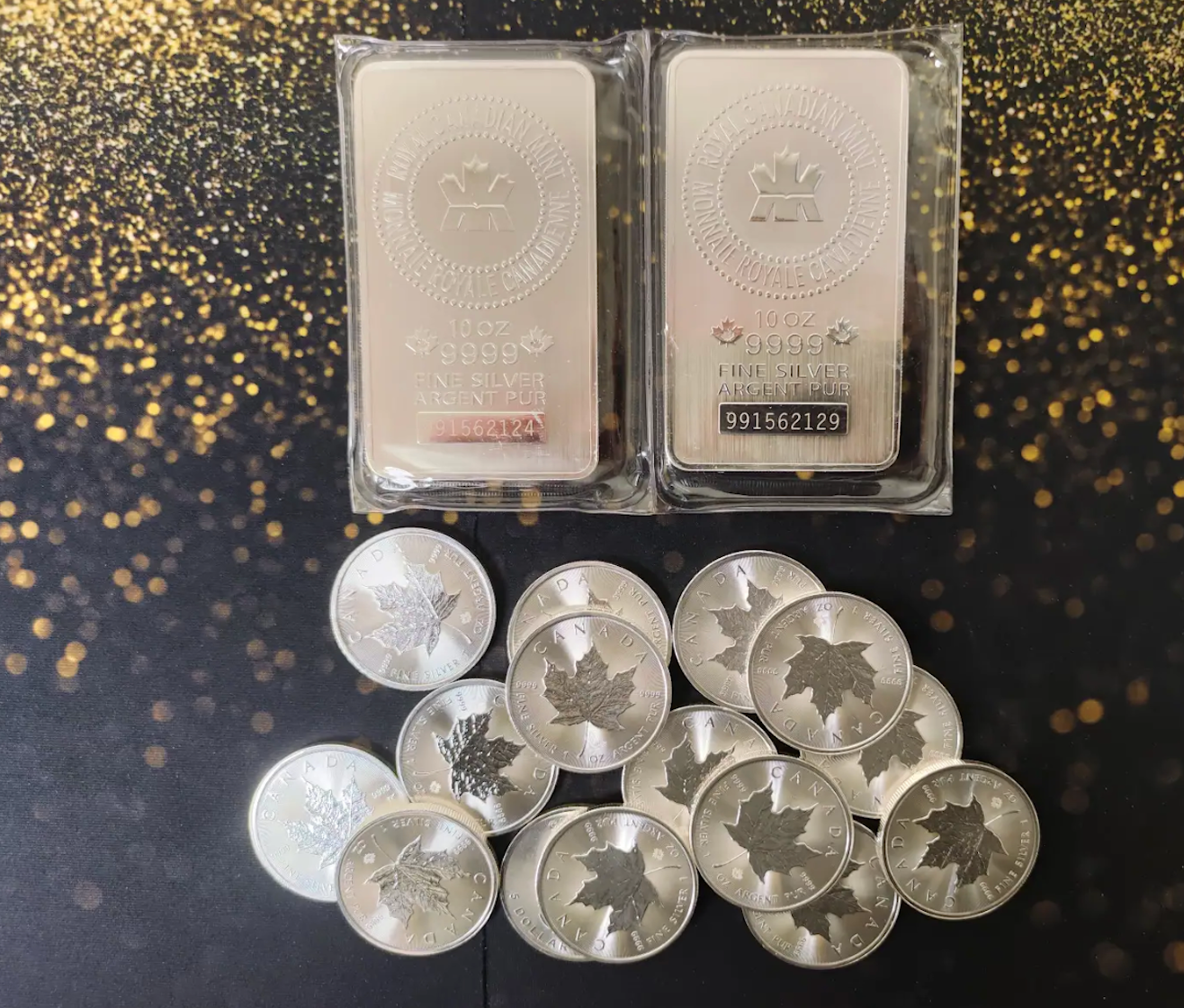
Factors Influencing Gold and Silver Prices
Silver and gold prices are determined by several major factors, making them dynamic investments in the world of investing. Knowing these forces enables investors to make well-informed decisions based on gold vs. silver price chart trends.
Supply and Demand Dynamics
Gold is mainly mined for investment, jewelry, and central bank reserves, with a fairly stable supply. Silver, on the other hand, has both industrial and investment applications, and demand is led by industries such as electronics, solar power, and medical technology. Due to this, silver prices tend to be more volatile, responding to changes in manufacturing and technology.
Market Speculation and Economic Conditions
Inflation rates, interest levels, and worldwide economic stability significantly influence the prices of gold and silver. Gold is a good safe-haven asset in times of financial turbulence, whereas silver moves in synchronization but more volitionally. Speculation on commodity markets also affects prices, resulting in temporary price movements due to investor moods.
Central Bank Policies and Monetary Factors
The government regulates gold prices with several factors, including monetary policies, central bank influences, and gold reserves. As Central banks increase their gold savings, the prices begin to rocket. Silver, now not a currency metal, retains the status of a hedge for the fluctuations of fiat currency. Both metals appeal to investors when economies are turbulent, as stores of value assets.
Knowledge of these factors is important for gold-to-silver ratio trend-based investing so that investors can predict price movements and change strategies accordingly.
How to Use the Gold-to-Silver Ratio for Investing
The gold-to-silver ratio is just a number, or rather, much more. Think of it instead as an investor's secret for trading on cues and balancing out portfolios. Understanding this ratio and signal refers to you getting the upper hand in the investing aspect.
Identifying Buy and Sell Signals
A high ratio of gold to silver means that gold is more expensive relative to silver, suggesting silver may be underpriced at the moment. Silver is bought by investors during this period, anticipating the ratio to fall. If the ratio is low, it suggests silver is expensive relative to gold, and therefore, gold is the better option. Historically, when the ratio becomes very high or low, there is a price realignment.
Portfolio Diversification Strategies
A well-diversified precious metals portfolio has a mix of gold and silver. Certain investors invest heavily in silver when the ratio is high and switch to gold when the ratio declines. This active approach allows you to scale your positions based on market direction rather than holding fixed positions.
Trading the Ratio
Sophisticated investors use the gold-to-silver ratio as a trading strategy by alternating between the metals. They sell gold to buy more silver when the ratio is high. When the ratio is low, they reverse silver into gold, having higher overall holdings in the long run. Such a strategy, when executed well, can optimize returns without needing to put in more capital.
Understanding and applying the gold-to-silver ratio properly can help investors make more informed decisions, whether they are long-term investors or short-term traders in the precious metals market.
Gold vs. Silver: Which Is the Better Investment?
Investors debate whether silver or gold is the better investment. Both metals carry unique advantages, yet the right choice is based on your goals, risk tolerance, and market outlook.
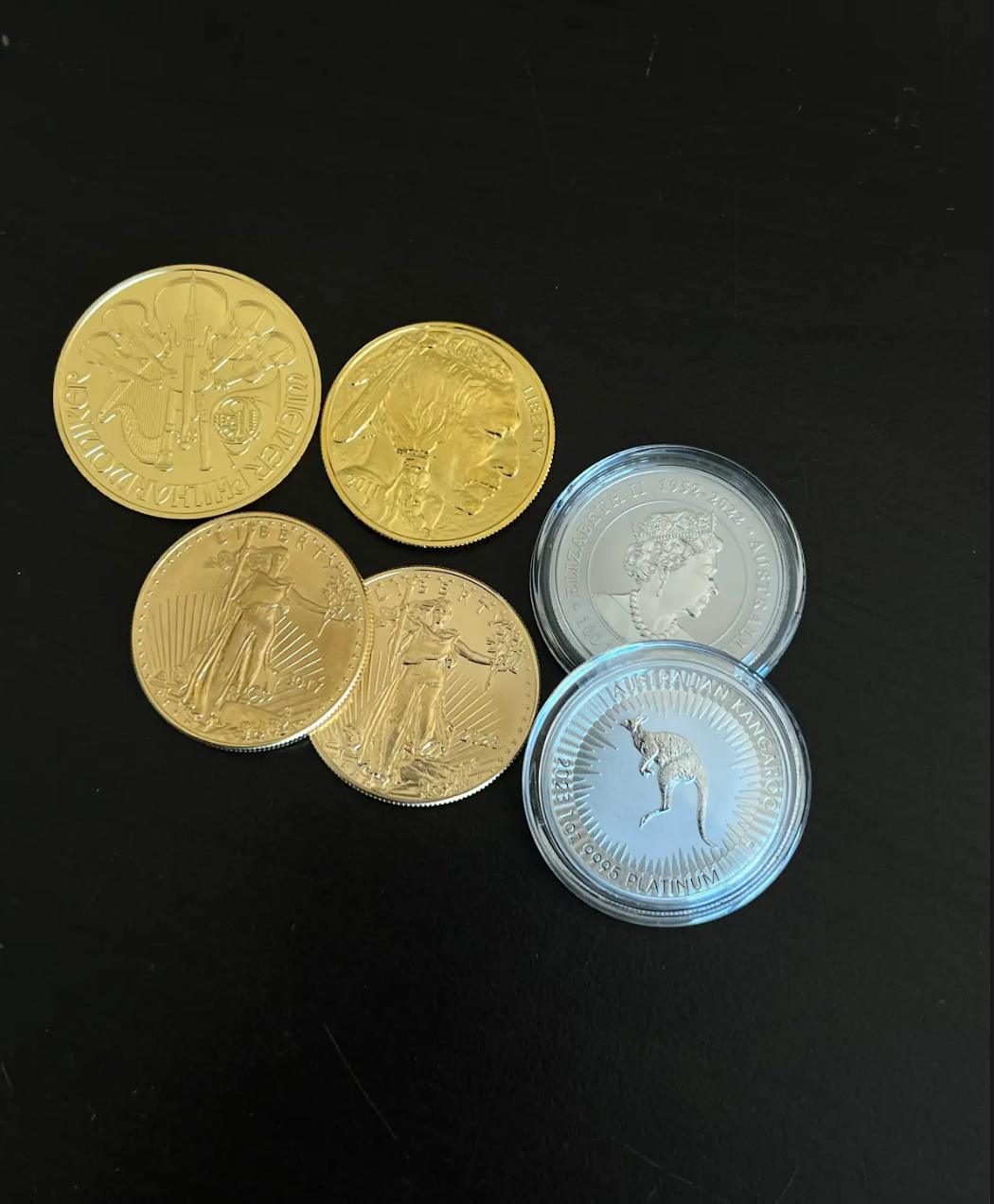
Gold's Stability and Long-Term Store of Value
Over centuries, gold has been a great store of value and a hedge against inflation, currency devaluation, and economic volatility. Central banks reserve gold, yet another testament to gold's safe-haven status. Although gold's value moves up and down, it usually shows a smooth upward trend in the long term, and thus it is suitable for preserving wealth in the long term.
Industrial Demand and Affordability for Silver
Silves, as the counter duo of gold, is much more affordable, giving a smoother entry to newer investors and getting their hands set. Unlike gold, silver has many more uses in various fields, being used in various electronics, solar panels, and also a ton of medical applications. These purposes make silver prices more prone to changes in the economic as well as manufacturing fields.
Risk and Reward Comparison
Gold would be a wiser choice as an investment by the investor who is putting in money to make it more stable, because gold proven to remain stable during the financial crisis. But a greater prospect of growth would come from the investment in silver, where industrial utilization might cause prices to shoot up instantaneously. The ratio between gold and silver is also a signpost where making an investment between the two for matching a risk to an opportunity is involved.
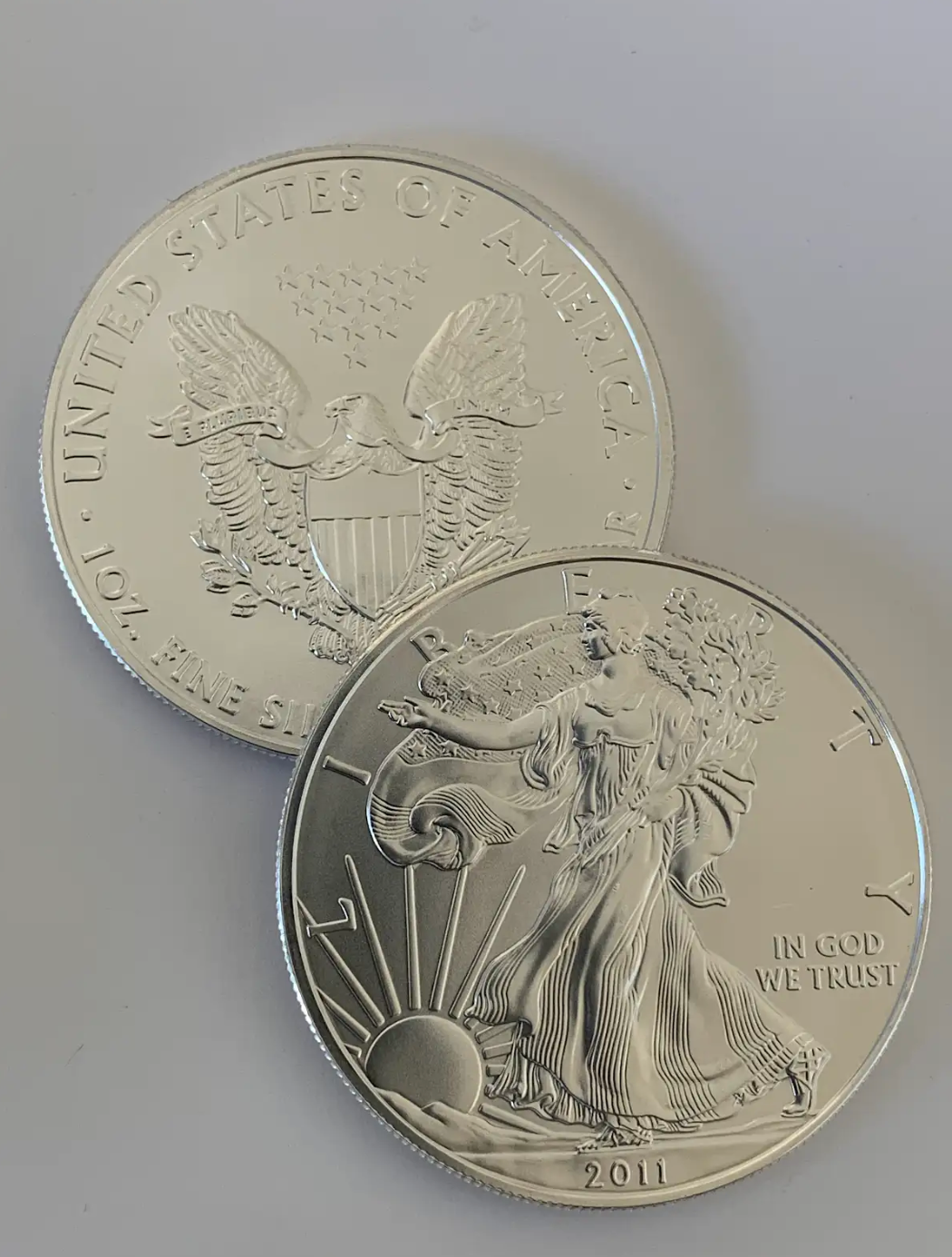
Pacific Precious Metals: Your Trusted Source for Gold and Silver
Let's be honest—purchasing precious metals isn't all about hoarding glitter; it's all about smart financial decisions that insulate your capital. The ratio of gold to silver is such a cheat code for knowing whether to buy lots of silver or switch to gold. It has been wavering for centuries, and astute investors leverage it to find chances, protect their capital from inflation, and add diversification to their portfolios.
If you're a stability person, gold is your buddy. If you prefer a bit of market movement with industrial demand bonuses, silver is your ticket. But why settle for just one? A balanced combination gets you the good stuff from both.
No strategy is the same, but the difference is with a trusted dealer. That is where Pacific Precious Metals shines—providing competitive rates, secure storage, and knowledgeable guidance. Want to make that next smart step? Let's construct that stack of gold and silver the correct way.


